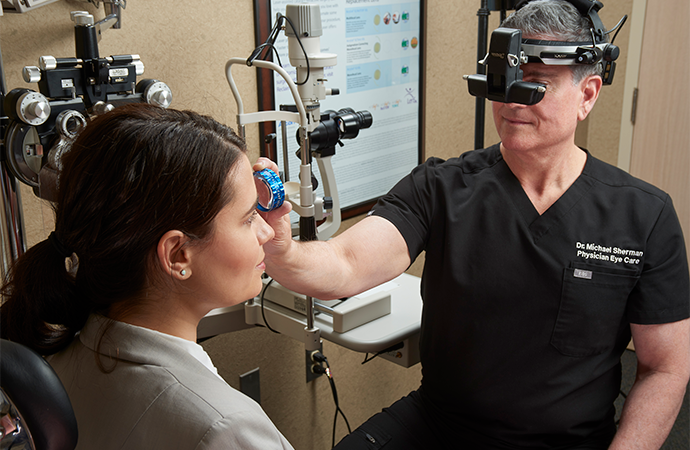Diabetic Eye Exams
Patients with diabetes require special eye exams that check for eye conditions typically caused by diabetes. Overtime, high blood sugar can damage the blood vessels in the eye leading to conditions such as diabetic retinopathy and diabetic macular edema. While you can lower your risk for these conditions by controlling your blood sugar and blood pressure, most diabetic patients are also at a higher risk of developing glaucoma and cataracts. This is why we recommend regular yearly visits where Dr. Sherman will dilate your eyes to examine your retina for early signs of damage. When found in early stages many of these conditions can easily be managed with medicine which significantly increases quality of life for our patients. At Physician Eye Care Associates we offer various tests to make sure our patients are receiving the best diabetic eye care possible.

